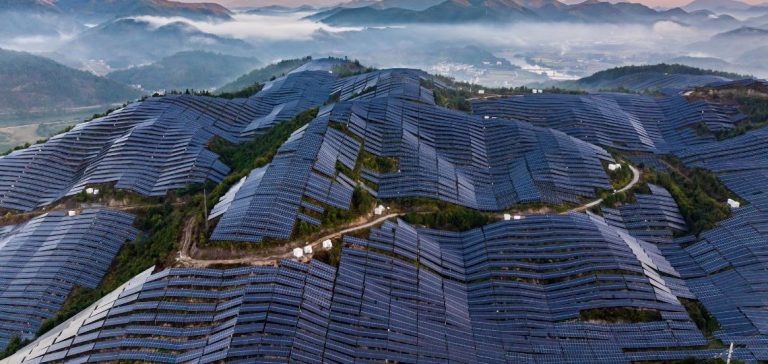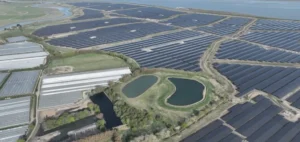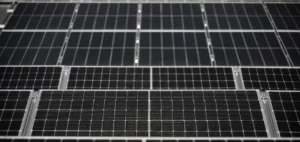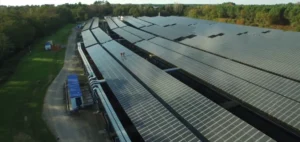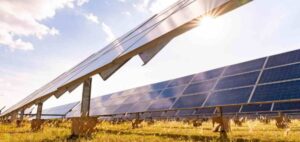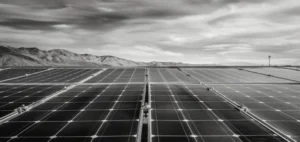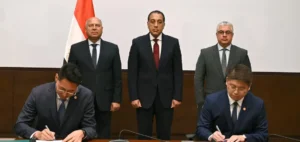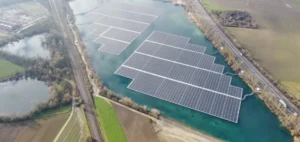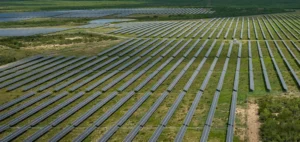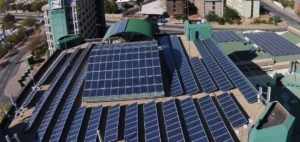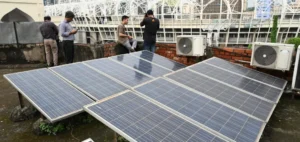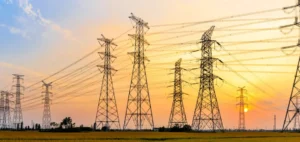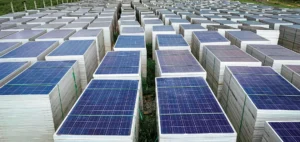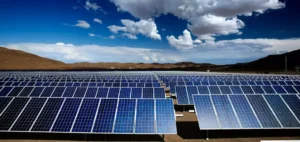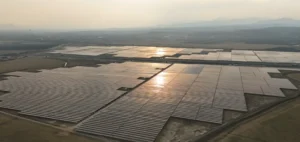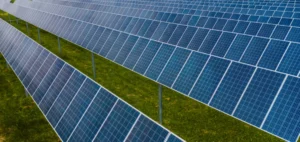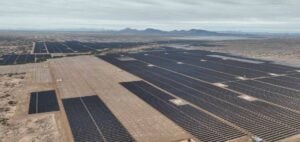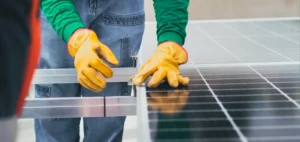China has solidified its position as the world leader in the field of solar energy through massive investments and sustained state support. In 2023, it accounted for 80% of global solar panel production, according to estimates from the International Energy Agency (IEA). Eight of the ten largest solar panel manufacturers worldwide are Chinese, with exports reaching €45 billion last year, reports Wood Mackenzie. This dominance translates to a production capacity nearly twice that of all other countries combined.
However, this accelerated development has a downside. The United States and the European Union accuse Beijing of unfair practices due to excessive subsidies and a “surplus capacity” strategy aimed at saturating the international market. Washington has recently doubled its tariffs on Chinese solar panel imports, raising them to 50%. Meanwhile, the EU has launched an investigation into possible excessive subsidies received by Chinese manufacturers in this sector.
Crucial State Support
The rise of China’s solar industry largely relies on public subsidies, abundant labor, and access to low-cost materials. Between 2011 and 2022, Chinese authorities invested over €46 billion in building new solar production capacities. According to Lauri Myllyvirta, co-founder of the Center for Clean Energy and Air Research, these factors have enabled Chinese manufacturers to achieve unmatched competitiveness in production costs. This has fostered the development of a robust industrial ecosystem, difficult to replicate by other countries.
Tensions Intensify with Western Countries
China’s hegemony in the global solar panel market is causing concern among Western countries, which fear that Beijing is using its surplus capacity to eliminate international competitors. The United States has thus taken drastic measures to limit Chinese imports. Most of the solar panels imported by the United States now come from Southeast Asia, where Chinese manufacturers have established factories to circumvent American tariffs.
In Europe, China accounts for nearly all solar panel imports from outside the EU. Facing this dependency, Brussels is considering tightening its regulations to protect local producers and prevent further market distortions.
Over-Indebtedness and Price Wars in the Domestic Market
Within China, the exponential growth of the solar industry has led to a fierce production race, resulting in widespread indebtedness among sector companies. At the same time, price wars between major players are intensifying. According to a sector association, the number of new solar projects fell by more than 75% in the first half of 2024. Although exports reached record levels, the revenues generated from these sales have decreased, highlighting the pressure on prices.
David Fishman, analyst at Lantau Group, explains that this dynamic is comparable to “a snake eating its own tail.” According to him, many companies may be forced to shut down due to fierce competition and the lack of government support amid this overproduction crisis.
A Saturated Electrical Grid
Additionally, China’s energy infrastructure is struggling to absorb the enormous renewable production capacity generated by the expansion of solar and wind energy. The electrical grid is regularly saturated, forcing authorities to suspend the connection of certain projects to prevent overloads. In the first quarter of 2024, the use of curtailment—a procedure to restrict production to stabilize the grid—has increased by 4%, according to Fitch Ratings.
Analysts estimate that the government will soon need to halt the approval of new projects or restrict access to the grid for existing installations.
Seeking New International Markets
To alleviate pressure on the domestic market, China is looking to diversify its international markets. In 2023, its solar exports to Africa increased by 187%, according to the Ember think tank, although Europe remains the continent’s main supplier. This strategy could allow China to reduce its exposure to fluctuations in Western markets while capitalizing on its dominant position in the sector.
Strategic Stakes for China
However, the sustainability of this dominance is in question: if Beijing fails to resolve its overproduction issues and adjust its development strategy, the solar sector could fall victim to its own success. The outcome will largely depend on China’s ability to reform its economic model to prevent a potential collapse of the most vulnerable companies while continuing to conquer new markets.

